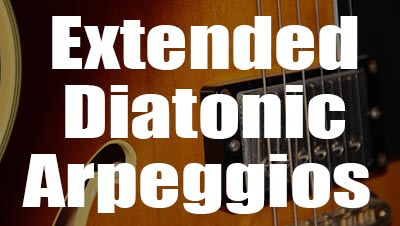superimposed arpeggios
-
Superimposing Arpeggios - Guitar Lesson
- By jazz-guitar-licks
- On 2021-03-25
- In Teacher Spotlight - Jazz Guitar Lessons
- 0 comments
Lesson by George Dafnos
Here are somme ideas inspired by great jazz guitarists as Wes Montgomery ,George Benson on how to superimpose almost all the chord family degrees. This concept helps mapping the arpeggio combinations and listen different coloursounds above root ,subdominant or dominant families. After mastering all these, be sure to try making your own jazz lines and licks.
-
Extended Arpeggios For Guitar - Upper-Structure of Chords and Superimposition
- By jazz-guitar-licks
- On 2018-11-23
- In Scales & Arpeggios
- 0 comments
When learning how to play jazz guitar, one of the most important device to master is to play each tone of a chord in order to outline a specific progression.
This is what we call arpeggios.
They are great melodic tools when you want to highlight the chords you are soloing over.
This lesson is focused on diatonic seventh arpeggios and their extensions.

